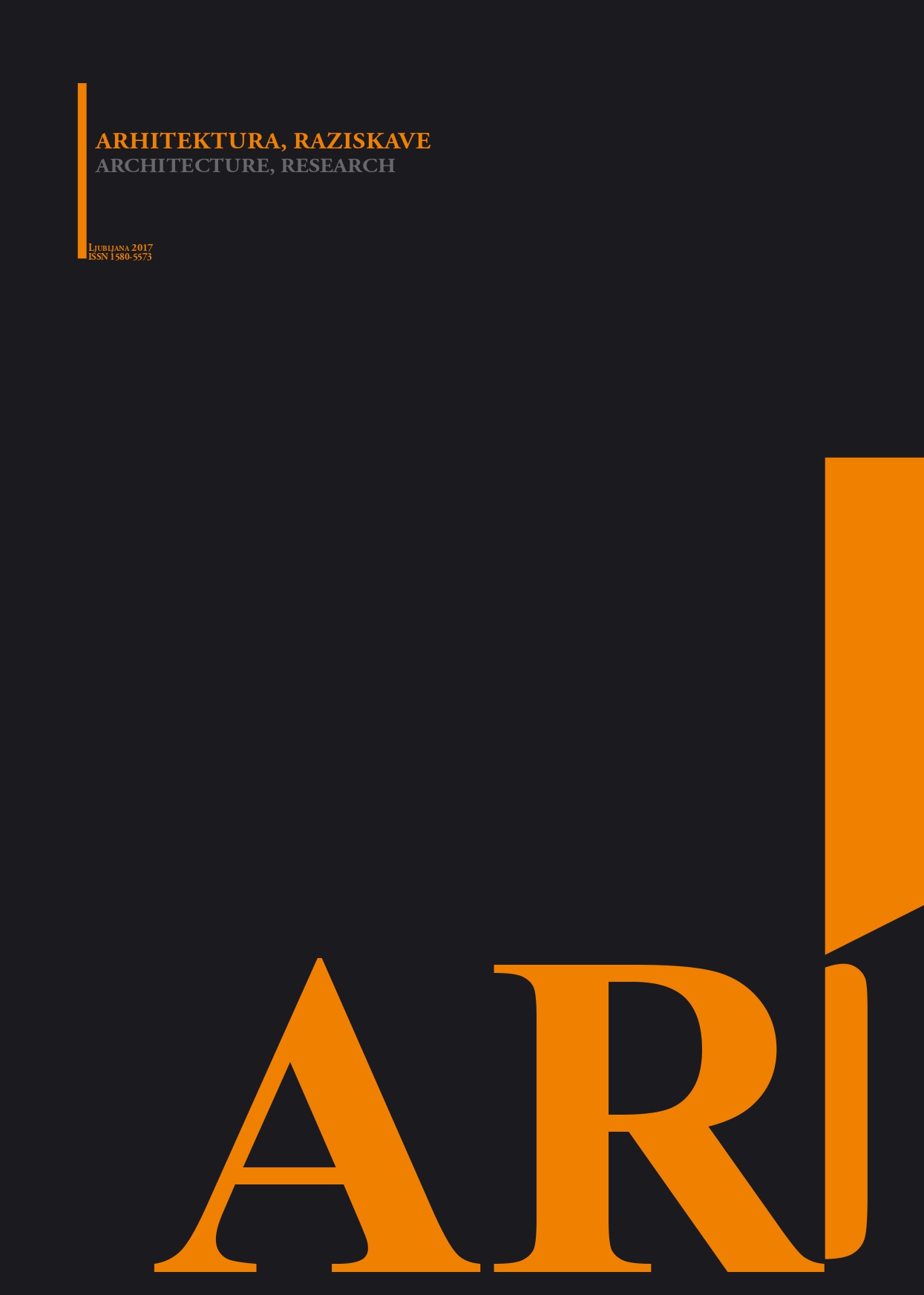POST-INDUSTRIJSKA CRNA GORA : TRANSFORMACIJA PORTO MONTENEGRO
POST-INDUSTRIAL MONTENEGRO: TRANSFORMATION PORTO MONTENEGRO
Author(s): Slavica Stamatović VučkovićSubject(s): Museology & Heritage Studies, Architecture, Recent History (1900 till today), Rural and urban sociology, Tourism
Published by: Fakulteta za arhitekturo, Univerza v Ljubljani
Keywords: Post-industrial; tourism; space; transformation;
Summary/Abstract: The industrial development of cities in former Yugoslavia (SFRY), especially typical for the first three decades following World War II, was considerably declining during the 1980s and almost totally came to a halt over the 1990s. The dissolution of SFRY, armed conflicts, embargo and transition processes shifted, among other things, the focus of regional economy. In parallel with those processes, the global rise of IT and digital technologies resulted in boosting development of tertiary activities, which has derived different forms of deindustrialisation and the beginning of the so-called information, i.e. post-industrial era. In Montenegro as well, most of the former industrial activities were suspended. There have been various strategies for repurposing that most frequently do not recognise the potential of those spaces as industrial heritage, so industrial structures are in most cases fully or partly removed and substituted by new facilities. This is the case with nearly all the cities in the territory of Montenegro, while the characteristic spatial scenarios are notable in Podgorica, Cetinje, Berane and Tivat. A special importance is attached to the spatial transformation of the previous naval base Arsenal in Tivat, which commenced in 2007 following the process of privatisation. When this large and significant spatial transformation was presented at the 11th International Architecture Exhibition in Venice 2008 through the project named "From Arsenal to Porto Montenegro", the process only began. Nowadays, Porto Montenegro in Tivat is largely recognised as a significant Mediterranean nautical tourist destination.
Journal: AR Arhitektura, raziskave
- Issue Year: 2017
- Issue No: 1
- Page Range: 54-63
- Page Count: 10
- Language: English, Serbian

